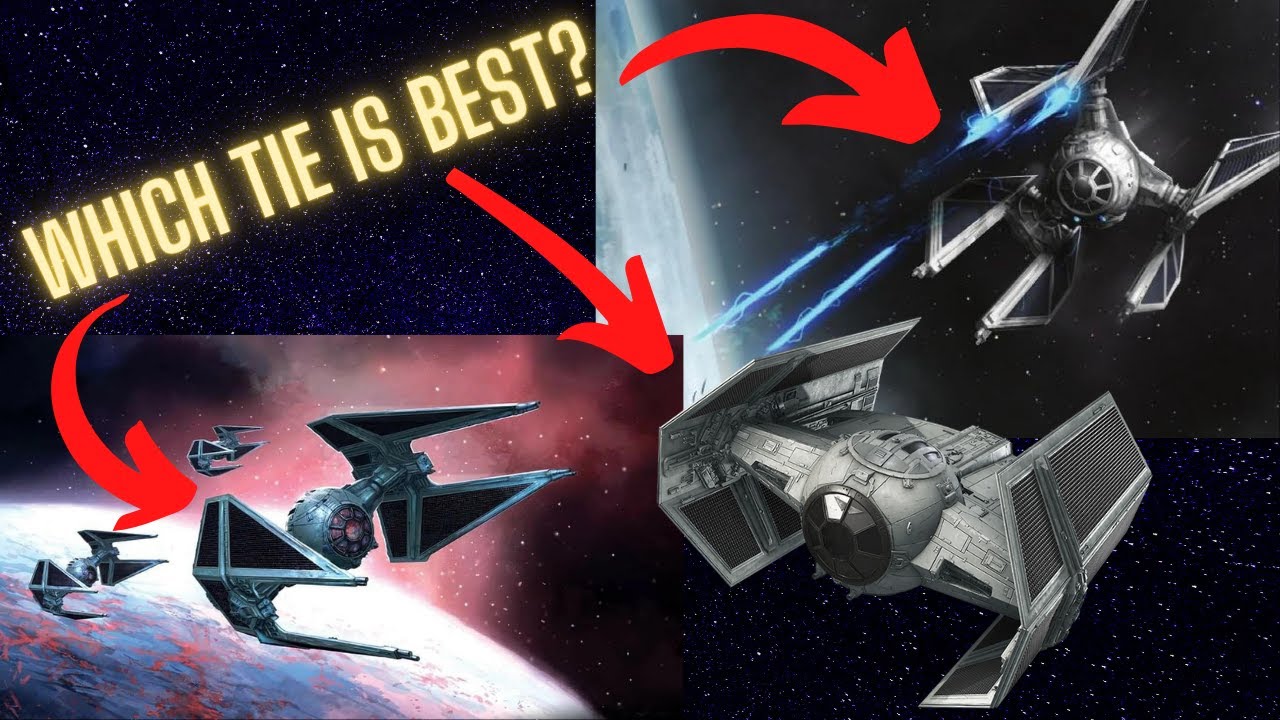Star Wars literature states that Grand Moff Tarkin commissioned Sienar Fleet Systems to design and manufacture the Twin Ion Engine line edition (TIE/ln) space superiority starfighter and most TIE variants. Tarkin specified that the TIE had to be fast, maneuverable, energy-efficient, and inexpensive; simply put they are meant to be easily mass-produced and engage in swarm tactics, with the expectation of being expendable assets that would be lost in combat. To meet these requirements, Sienar incorporated aspects of the V-wing and Jedi interceptor into the new starfighter.
TIE fighters have two hexagonal wings fitted with solar panels which power a twin ion engine (TIE) system that accelerates ionized gases at a substantial fraction of lightspeed along almost any vector, affording the ships tremendous speed and maneuverability albeit with limited fuel reserves. These wings are also structurally sound enough to double as landing gear and feature repulsorlifts for take-off and landing, though TIE fighters are designed to be launched and recovered by cycling storage racks used by Imperial starships and garrisons. The TIE fighter’s primary weapons are a pair of laser cannons tied to a secondary generator and mated with an advanced targeting computer which assists the pilot in hitting other fast-moving starfighters. The fighter does not possess deflector shields, and while its light armoring is proof against small arms and glancing micrometeoroids a direct hit from a laser cannon will destroy it, encouraging pilots to shoot first and make their shots count. The TIE fighter also lacks a hyperdrive, not only to save on weight and cost but to discourage defection. Although the TIE fighter’s cockpit is pressurized and equipped with oxygen scrubbers to prevent corrosion, it doesn’t contain any life-support systems, requiring pilots to wear special flight suits. TIE fighters are equipped with ejection seats, though in older Legends sources there was disagreement on this issue.
Star Wars literature also holds that TIE fighter pilots are considered an elite group within the Imperial Navy, relying on their quick reflexes and fearlessness to survive multiple tours of duty. Training involves hundreds of flight hours learning to coordinate as a team and intense psychological conditioning to put the accomplishment of their mission above other considerations. As such most TIE fighter pilots have a life expectancy of less than a year. TIE fighter pilots wear self-contained flight suits with life-support systems connected to reinforced vacuum-sealed flight helmets. These helmets feature ship-linked communications and displays.

